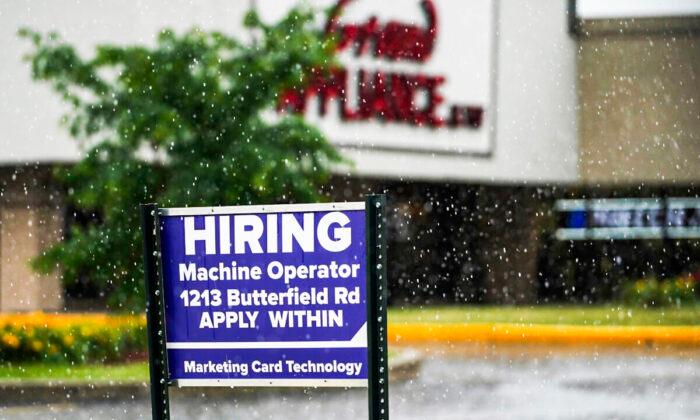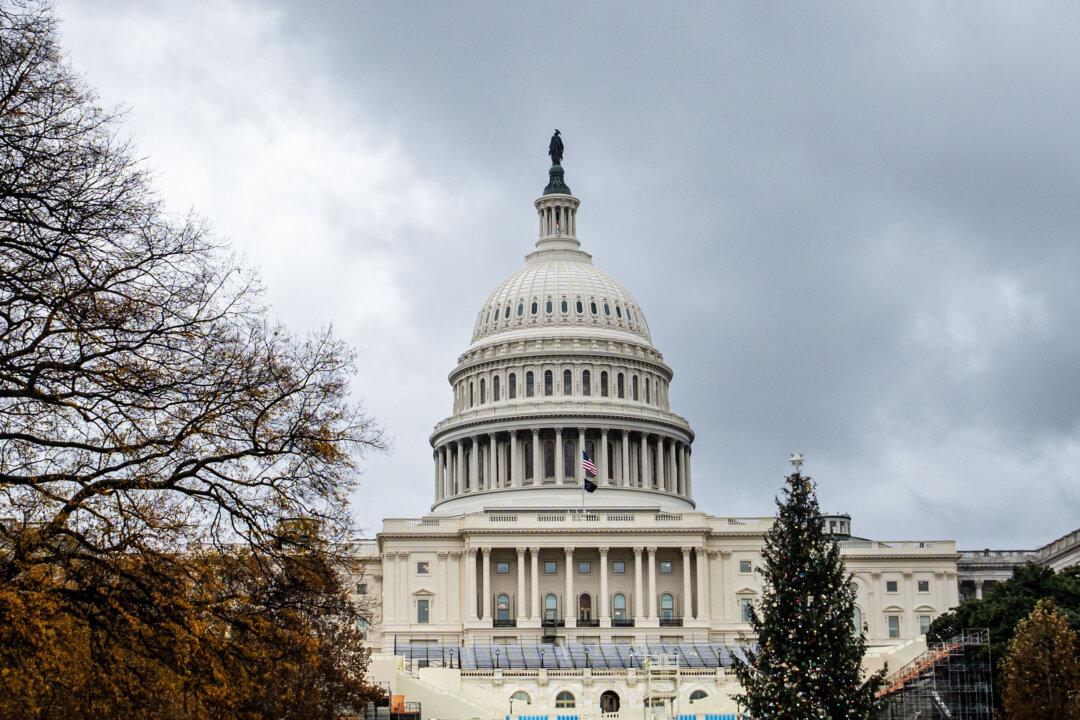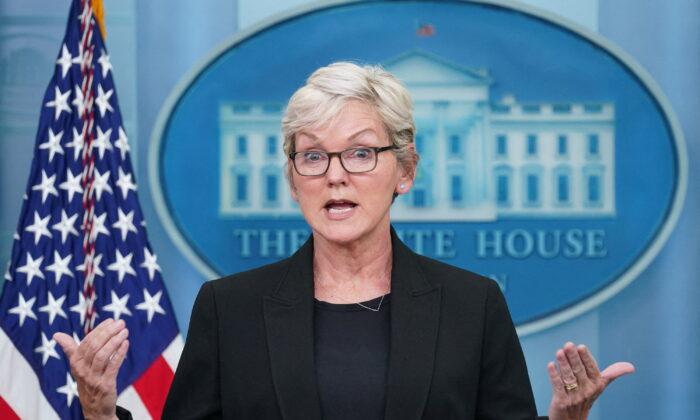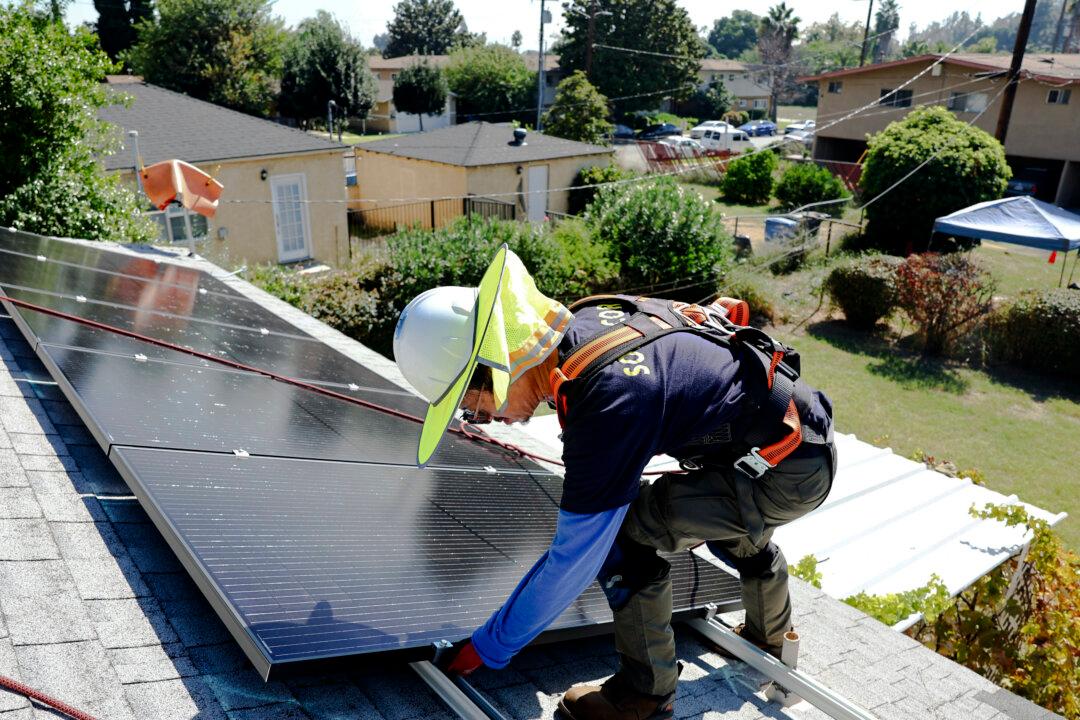The number of American workers filing weekly jobless claims—a proxy for layoffs—rose by 23,000 from the prior week in what could be a sign of an impact from the Omicron surge, though the number of people continuing to claim benefits hit a multi-decade low, suggesting further labor market tightening.
“This may well be the first report suggesting Omicron is leading to new job loss,” Bankrate Senior Economic Analyst Mark Hamrick told The Epoch Times in an emailed statement.
“The future path of the pandemic remains highly uncertain, but the underlying job market narrative overall continues be one of scarcity of available applicants and workers,” Hamrick said.
Reinforcing the picture of a tight labor market was data on continuing unemployment claims, which run a week behind the initial filings figure and reflect the total number of people receiving benefits through traditional state programs. These fell by 194,000 to 1,559,000, the lowest level since 1973 and well below the pre-pandemic average of around 1.7 million.
“The latest wrinkle, the high level of individuals testing positive, becoming ill or staying away from work, has added to supply chain disruptions with inflation already running red-hot,” Hamrick added.
Yet on a monthly basis, consumer prices rose 0.5 percent in December after November’s 0.8 percent jump, suggesting a slight easing of inflationary pressures. Month-over-month producer prices rose 0.2 percent, lower than expected and well below the prior month’s pace of 1 percent, also hinting at a possible turnaround.
In response to surging inflation and signs of labor market improvement, the Fed has accelerated the pace of winding down pandemic-era stimulus measures and officials have increased their expectation for the number of interest rate hikes this year. Fed funds futures indicate that markets expect about six rate hikes over the course of 2022 and 2023.
“The risks are likely skewed towards higher for longer inflation with the Federal Reserve ending up responding more aggressively to keep it in check,” Knightley wrote.
“After all, labour costs are accelerating, companies have pricing power, Asia lockdowns in response to a zero-Covid policy risk prolonging supply chain strains while inventory rebuilding could keep demand outstripping supply for a good while yet,” he added.





